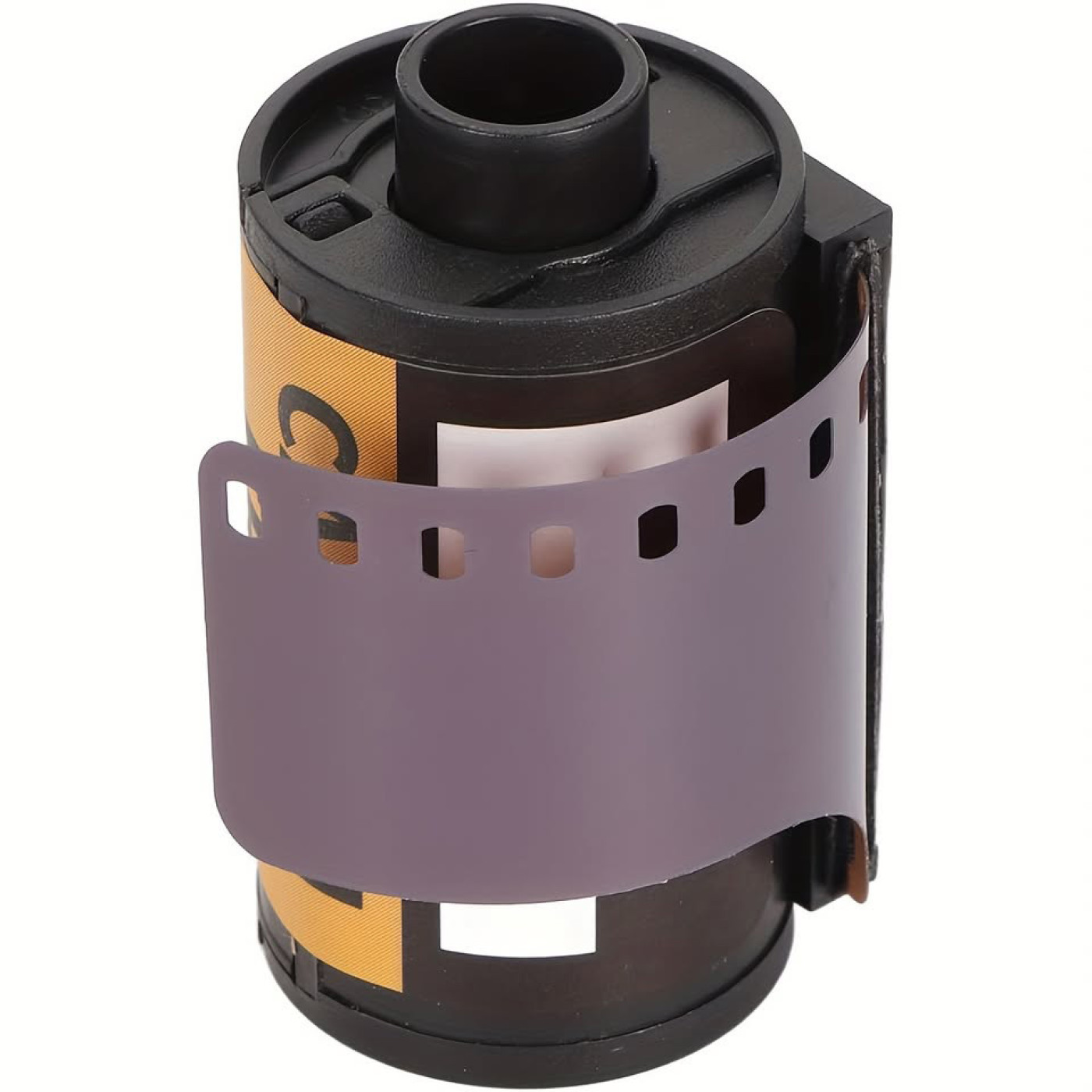Photography in 2025 A Future Tied to Its Roots With Renewed Interest in Film

Last year will be remembered as the year the world learned more about artificial intelligence (AI).
AI software allows people to create photographic images without a camera, models, or lighting. They just open the software, go online, and describe what they want.
The software searches the web, captures images that meet their criteria, and then pastes the images together to make a seamless photo image. These images look like real photographs, and many photographers worried that was the end of photography. There has been a lot of concern and so far, many fears have been premature.
However, there are AI programs that are useful for artists. These are cataloging and image correcting programs that can help artists sort and improve existing images from their files.
Beyond AI, one of the surprising things in photography news is the return of film. Twenty-five years ago, most camera companies and photo pundits decreed film was dead and buried.
Even the giant Kodak — and other film manufacturers — closed their production facilities and processing plants. Some boutique companies continued to produce small batches of black and white films, while the great color films like Kodachrome and Ektachrome disappeared.
The future was going to be all digital, and jury by slides gave way to jury by JPEGs. To meet the demands of shows and galleries for JPEGs, lots of artists bought digital cameras or used their iPhone to take images. Film and film cameras became display case oddities and collectibles.
But quietly, a number of photographers — especially art photographers and a cadre of Generation X — refused to switch to digital and demanded more film. Many simply preferred the warm color quality of film to what they felt was digital’s coolness.
Others took pleasure in slow photography and returning to the darkroom. Making the effort to learn to process film and make prints by hand was a craft they found more satisfying.
Over time, several film manufacturers responded to their voices and began to manufacture new films or produce more of the older films. The film movement grew.
This led a few companies, like Pentax, to begin making retro cameras based on their old film cameras. A few other camera producers soon began marketing film cameras. And today, most large camera makers have one or two film cameras in their catalog.
The COVID-19 pandemic also played a role in weakening the digital marketplace. China and Japan had closed many of their factories and have still had trouble restarting them.

